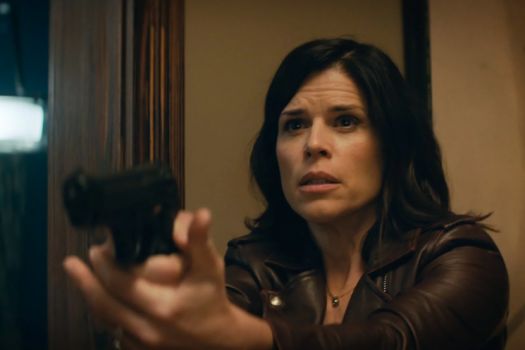A Great Day in Harlem is a remarkable film not just because it provides invaluable historical insight into one of the most famous American photographs ever snapped and a window into the world of jazz before 1960 but, as this DVD reveals, because of the unusual circumstances in which it was made. First, the photograph: in 1958, commissioned by Life Magazine, neophyte photographer Art Kane naively put out a call to any and all working jazz musicians of significance to gather one morning in Harlem for a group photograph. The result is a spectacular moment of history, one that captures not only then up-and-comers like Charles Mingus, Sonny Rollins, Art Farmer, Art Blakey and others, but is more remarkably for the old guard soon to pass the torch: Dizzy Gillespie, Count Basie, Willie "the Lion" Smith the list goes on and on. A Great Day in Harlem traces the origins of the photograph and talks to as many surviving musicians as possible; it also takes full advantage of an unusual wealth of external documentation, much of it the work of photographer/bassist Milt Hinton, who snapped stills as well as some super-8 film on the day. It's an invaluable historical document; it's neither beautifully made nor does it have high production value, but it was made with loving care and remarkable access to these great names. This newly issued two-disc DVD reveals why: the producer (she dare not call herself a "director") of this film is a one-time jazz fan and scenester named Jean Bach, who was contemporaries of many of those in the photographs. Wanting to collect some thoughts and seeking a "project" for herself she simply set up a camera in her living room and invited those musicians she knew to come over and talk. In fact, almost every interview contained in A Great Day In Harlem was conducted in Bach's living room she simply moved furniture and changed angles to disguise her own lack of experience. When eventually she encountered inevitable complications tracking down key players like Art Kane; dealing with music and film clearance rights; finding a proper editor she found a team of enthusiasts willing to help. The story of Bach the sweetest of sweet grandmother figures patching this effort together so naively (she thought she'd edit it by attaching the end of one clip to the beginning of the next) only makes the film that much more charming. Plus: profiles of every musician in the photograph; liner notes; copycat photos featurette, more. (Image/Paradox)
A Great Day In Harlem

BY James KeastPublished Feb 1, 2006



